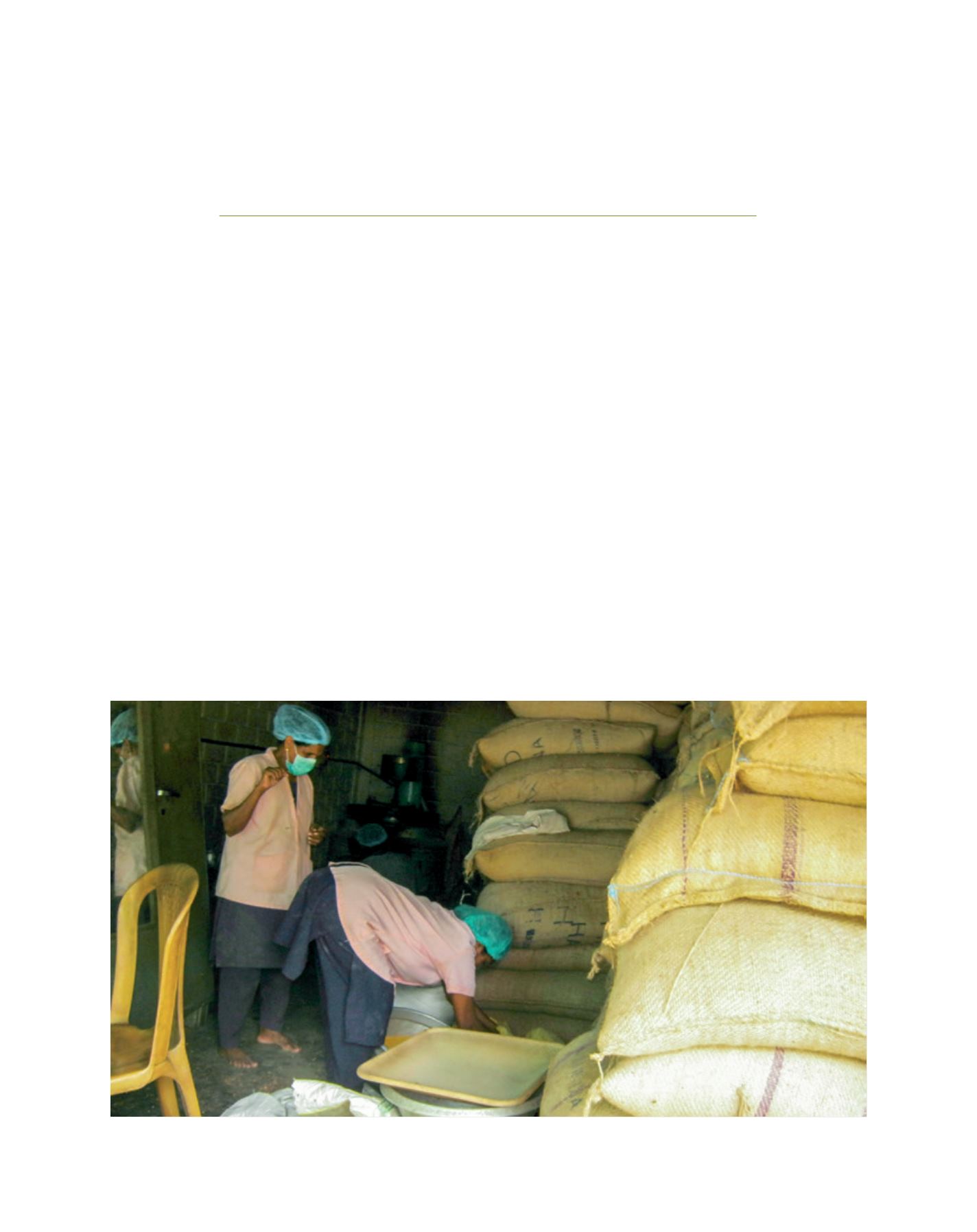

[
] 75
Food security and small family
farming in Asia-Pacific countries
T. Haque, Director, Council for Social Development, New Delhi and Former Chairman,
Commission for Agricultural Costs and Prices, Government of India
T
he Food and Agriculture Organization (FAO)
of the United Nations has declared 2014 as the
International Year of Family Farming with the
objective of inviting focused global action for improving
the productivity and incomes of family farms in differ-
ent countries. Family farming is a form of agricultural
organization in which labour and managerial skills in
farming come mainly from the farm family members.
While the average size of family farms is comparatively
large in the developed countries of the west, small family
farms dominate in the Asia-Pacific countries. According to
FAO
1
about two-thirds of the developing world’s 3 billion
rural people live in smallholder households, many of which
are poor, food insecure and malnourished. The smallhold-
ers in India, China, Indonesia, Bangladesh and Viet Nam
account for about 300 million of the 500 million small
farms which produce diverse grains, roots, tubers and a
wide range of livestock and fisheries. But due to the small
size of holdings, low yields and low incomes, the major-
ity of them remain poor and food insecure. Analysing the
food security concerns of small family farms in the Asia-
Pacific countries will help to identify the key challenges
and opportunities for their viability and sustainability.
In the Asia-Pacific region, a vast majority of the agri-
cultural workforce consists of marginal and small farmers,
tenants and landless agricultural labourers. About 85
per cent of operational holdings in India are less than 2
hectares in size, operating about 44.4 per cent of the area.
Similarly, 92 per cent of operational holdings in Nepal, 98
per cent in China, 69 per cent in the Philippines, 89 per
cent in Indonesia and 95 per cent in Viet Nam are of less
than 2 hectares. The average size of holding in India is
1.16 hectares, while in countries like Bangladesh, Nepal,
Sri Lanka, China, Japan and Indonesia, it is less than 1
hectare. However, it is 2.01 hectares in the Philippines,
3.16 hectares in Thailand and 1.01 hectares in Malaysia,
which is also small. In recent years, the share of agricul-
A group of women beneficiaries of a micro-enterprise initiative under the Kudumbashree programme in Kerala, India
Image: CSD, New Delhi
D
eep
R
oots
















